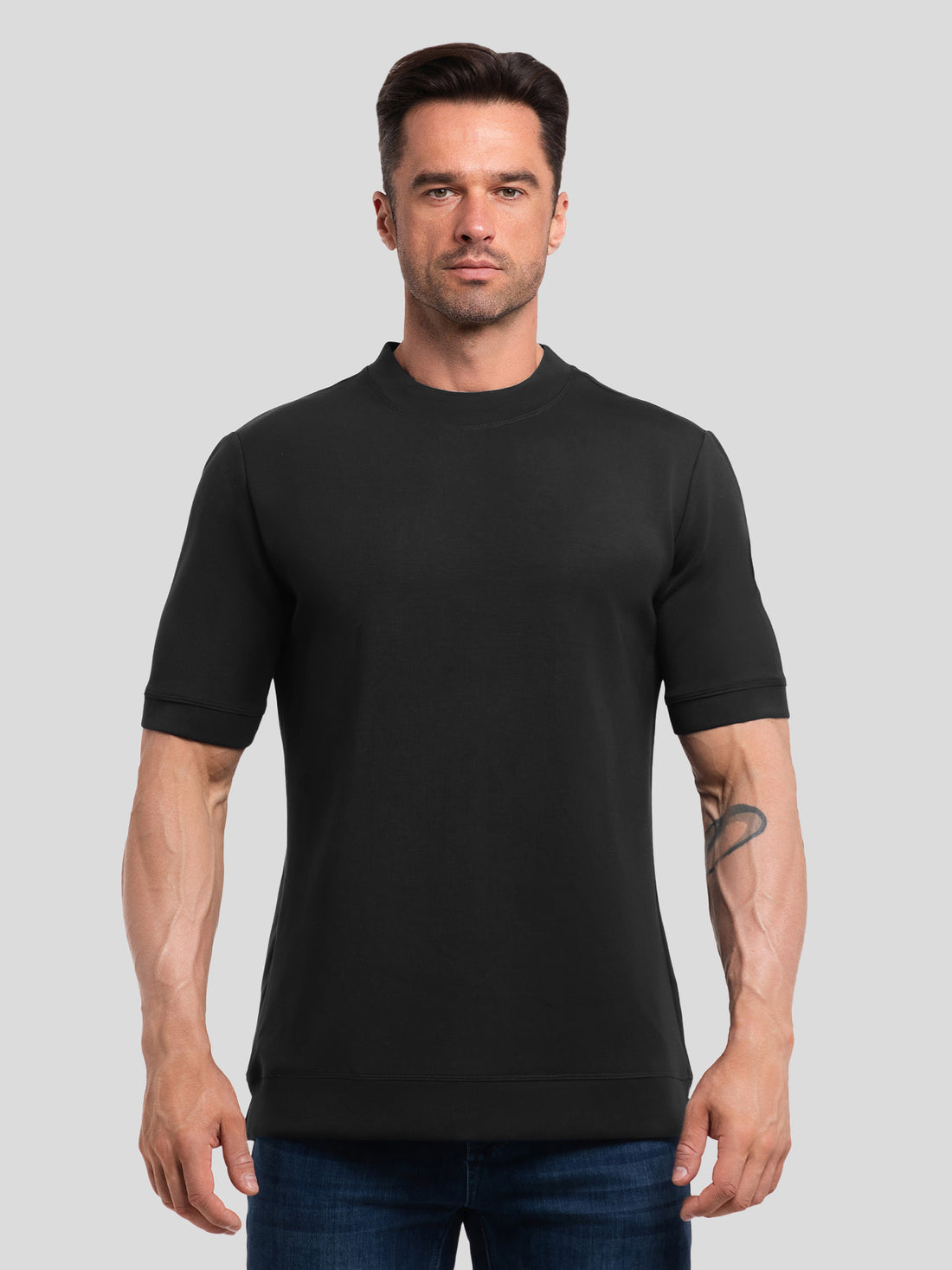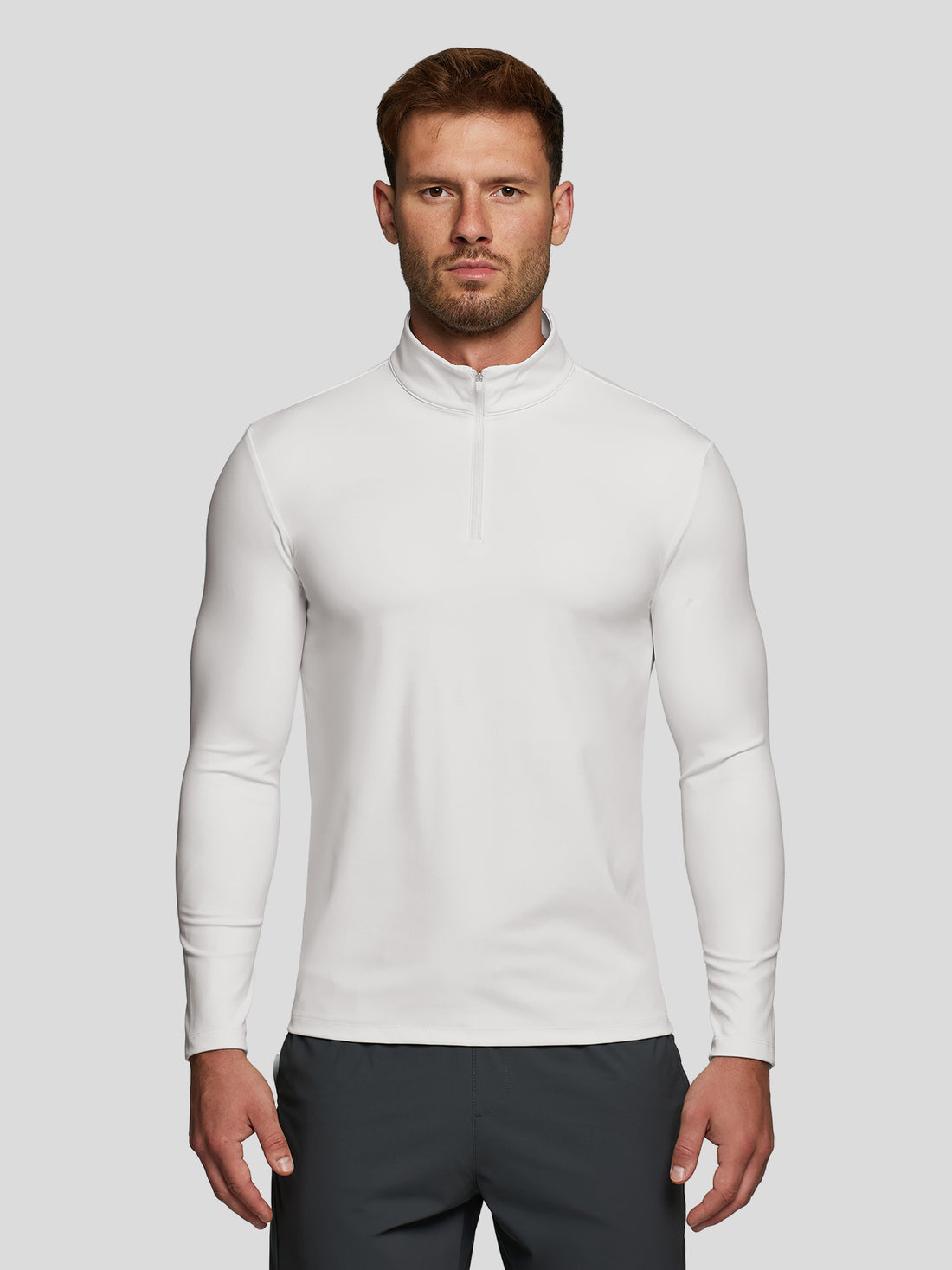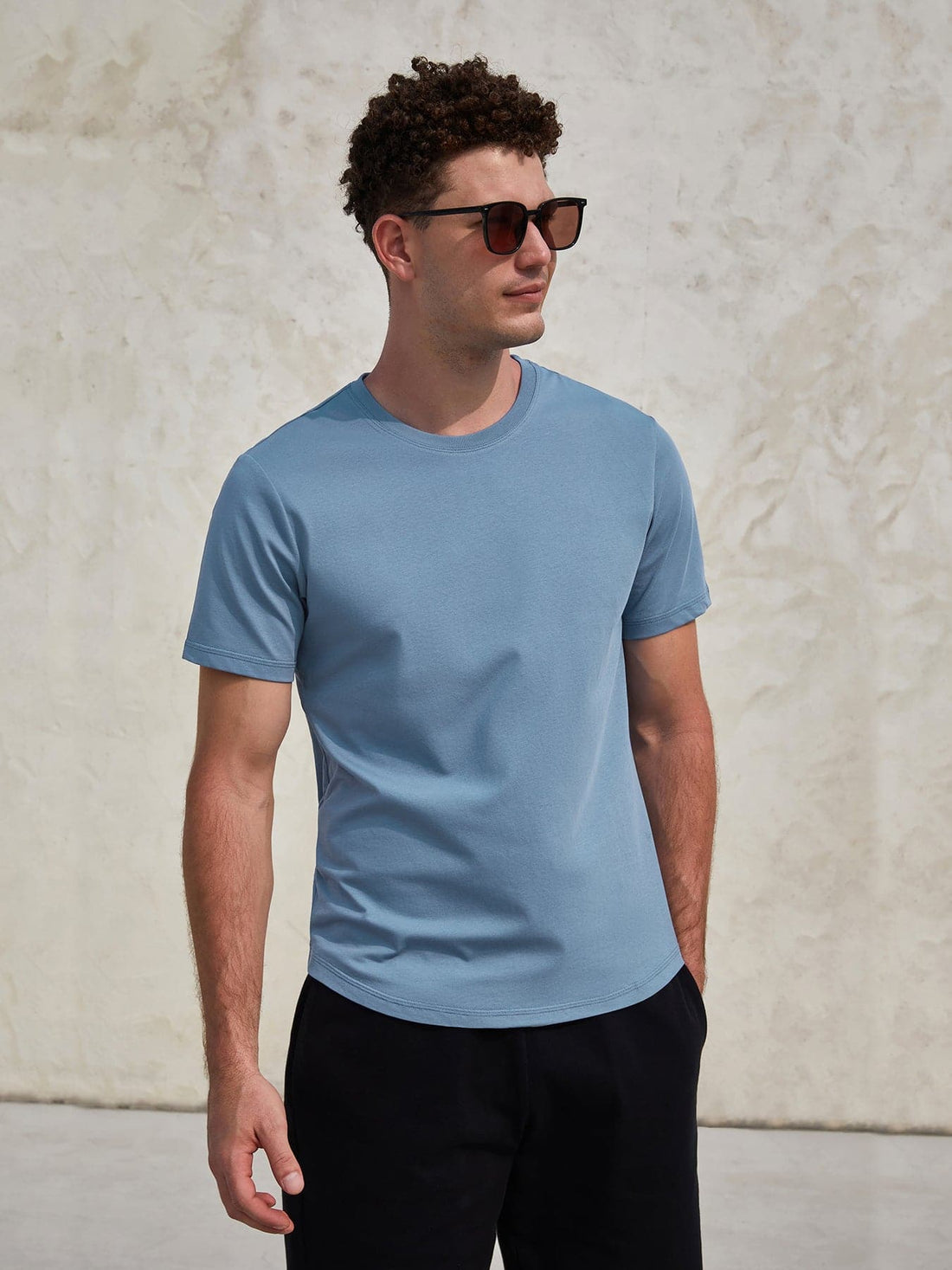
Does Modal Fabric Shrink? Here's the Truth!
What is modal fabric? In the vast world of textiles, modal fabric has gradually become a favorite in fashion and home furnishings due to its unique soft touch, good breathability, and eco-friendly properties. However, for many consumers, a common and critical question always lingers: "Does modal fabric shrink?"
This article aims to explore the modal fabric shrinkage problem, analyze its material properties and the reasons for shrinkage, and provide practical maintenance and anti-shrinkage methods to help readers better understand and enjoy the comfort of this high-quality modal clothing fabric experience.
Basic Overview of Modal Fabric:
Modal fabric is a high wet modulus regenerated cellulose fiber derived from natural wood (such as beech wood). Through the advanced spinning process, the cellulose in the wood is dissolved in a solvent and then made through a series of complex processes such as spinning and post-treatment. This process retains the comfort and breathability of natural fibers and gives them a softness, gloss, and drape superior to traditional cotton fibers. Therefore, modal fabrics are widely used in many fields, such as clothing, bedding, towels, and so on.
Some Excellent Modal Fabric Long Sleeves:
The fall and winter seasons are coming. We also present some excellent modal fabric long sleeves, which can make everyone comfortable even in the cold season. All of the following are clothes made from excellent modal fabrics that are both stylish and warm, perfect for layering or wearing on their own. Enhance your seasonal closet by purchasing these must-have modal fabric sheets to ensure you're comfortable while embracing the cooler weather in style.
If you prefer lenzing modal fabric, Fioboc will be your first choice. All the clothes are made of high quality lenzing modal fabric!
Does Modal Fabric Shrink?
Does modal fabric shrink? Shrinkage refers to textiles becoming smaller in size after washing or soaking in water due to the fibers absorbing water and expanding, shortening in length, squeezing each other, and increasing their contraction force. For most natural fibers (e.g., cotton, hemp) and regenerated cellulose fibers (e.g., viscose, modal), there are different degrees of shrinkage risk due to the fiber itself having a certain degree of moisture absorption and expansion.
Modal fabric shrinkage characteristics:
Compared to cotton fabrics, modal fabrics show more stable performance in terms of shrinkage. This is mainly due to the optimization of its fiber structure and the improvement of the spinning process. Modal clothing fabric cross-section is a unique flat shape; this structure makes the holding force between the fibers to enhance the fiber arrangement more compact, thus reducing the washing process of fiber slippage and shrinkage. In addition, modal clothing fabrics also have good dimensional stability and are able to resist, to a certain extent, dimensional changes caused by moisture absorption.
However, although modal fabrics have a relatively low shrinkage rate, they are not completely shrinkage-free. Some dimensional changes may still occur, especially with improper washing and care.

Factors Affecting Modal Fabric Shrinkage:
1. Washing Methods
Water temperature: High-temperature washing accelerates the expansion and contraction of fibers and increases the risk of shrinkage. Therefore, modal fabrics should be washed with cold or lukewarm water.
Detergent: Strong alkaline or chlorine bleach-containing detergent may damage the fiber structure, resulting in shrinkage or deformation. It is recommended that mild and non-irritating detergents be chosen.
Washing strength: Excessive rubbing or high-speed spinning in machine washing may intensify the friction and extrusion between fibers and promote shrinkage. Gentle hand washing or selecting the soft mode of the washing machine is more appropriate.
2. Drying Methods
High-temperature drying: High-temperature drying will also accelerate modal clothing fabric shrinkage and increase the risk of shrinkage. It is recommended to dry naturally or use a low-temperature drying mode.
Direct sunlight: Strong direct sunlight may also cause color fading and fabric shrinkage. It is best to dry clothes on the reverse side in a cool and ventilated place.
3. Pre-Treatment and Maintenance
Pre-shrinkage treatment: Some merchants will pre-shrink the fabrics during production to reduce the shrinkage rate. Ask the merchant if the modal clothing fabric has been pre-treated when purchasing.
Regular Maintenance: To avoid creasing and deformation, avoid long-term folding or heavy-pressure storage. Organize your clothes regularly to maintain their shape and size.
These methods also work for lenzing modal fabric.
How Do You Prevent Modal Fabrics from Shrinking?
1. Follow the washing label instructions
Each garment has unique washing requirements, and the first rule to prevent shrinkage is to follow the instructions on the washing label. Pay attention to details such as water temperature, type of detergent, washing method, and drying method.
2. Gentle washing and gentle treatment
Wash by hand or in gentle mode in the washing machine, avoiding strong rubbing and high-speed spinning. Add an adequate amount of fabric softener to decrease friction and static electricity between fibers while also protecting fabric texture.
3. Natural drying and avoiding sun exposure
Dry the clothes on the reverse side in a cool, ventilated place, avoiding direct sunlight and high-temperature drying. Natural drying not only reduces the risk of shrinkage but also maintains the color and softness of the fabric.
4. Store and organize regularly
Fold or hang the clothes in a dry, ventilated place, avoiding prolonged heavy pressure and folding. Organize clothes regularly to maintain shape and size and prolong their service life.
Is Modal Fabric Cotton?
Modal is not cotton in the traditional sense. It is a regenerated cellulose fabric made from beech wood pulp and is a semi-synthetic fabric. Although it comes from the same natural plant as cotton, Modal has a different production process that makes it softer, more breathable, and less prone to shrinkage. Many brands mix Modal and cotton, which makes the clothes more comfortable and long-lasting.
What Does Modal Fabric Feel Like?
Modal clothing fabric is very soft and smooth, often described as "silky" or "buttery." It's flattering, lightweight, breathable, and gentle on the skin, making it comfortable for loungewear, sportswear, and underwear. Modal is an excellent choice if you like a delicate, soft-wearing experience.
Silk Chiffon Vs Modal Fabric
Silk chiffon is a lightweight, semi-transparent, premium fabric often used for dresses or formal occasions. Its light, airy texture is dry to the touch. Modal fabrics, on the other hand, are opaque, softer, and more elastic. They also have excellent breathability and moisture-wicking properties. In contrast, silk chiffon is more suitable for dresses or decorative items, while modal is more suitable for everyday wear, especially intimate apparel.
Is Modal Fabric Stretchy?
Modal has a certain amount of natural elasticity, even more so when elastic fibers (such as spandex/Spandex) are added. Many Modal fabrics stretch well with the body, do not easily deform, and are more comfortable to wear. Because of this, it is widely used in sportswear, loungewear, underwear, and other garments that require high comfort.
Conclusion
To summarize, although modal fabrics have a low risk of shrinkage, some size changes may still occur with improper washing and care. Therefore, it is critical to understand and follow proper washing and care practices. By washing gently, drying naturally, and storing properly, we can effectively prevent modal fabrics from shrinking and extend their life span so that the comfort and elegance of nature can stay with us for a long time.
While enjoying the softness and breathability of modal clothing fabrics, let's pay attention to environmental protection and sustainable development and contribute to the earth's future.





